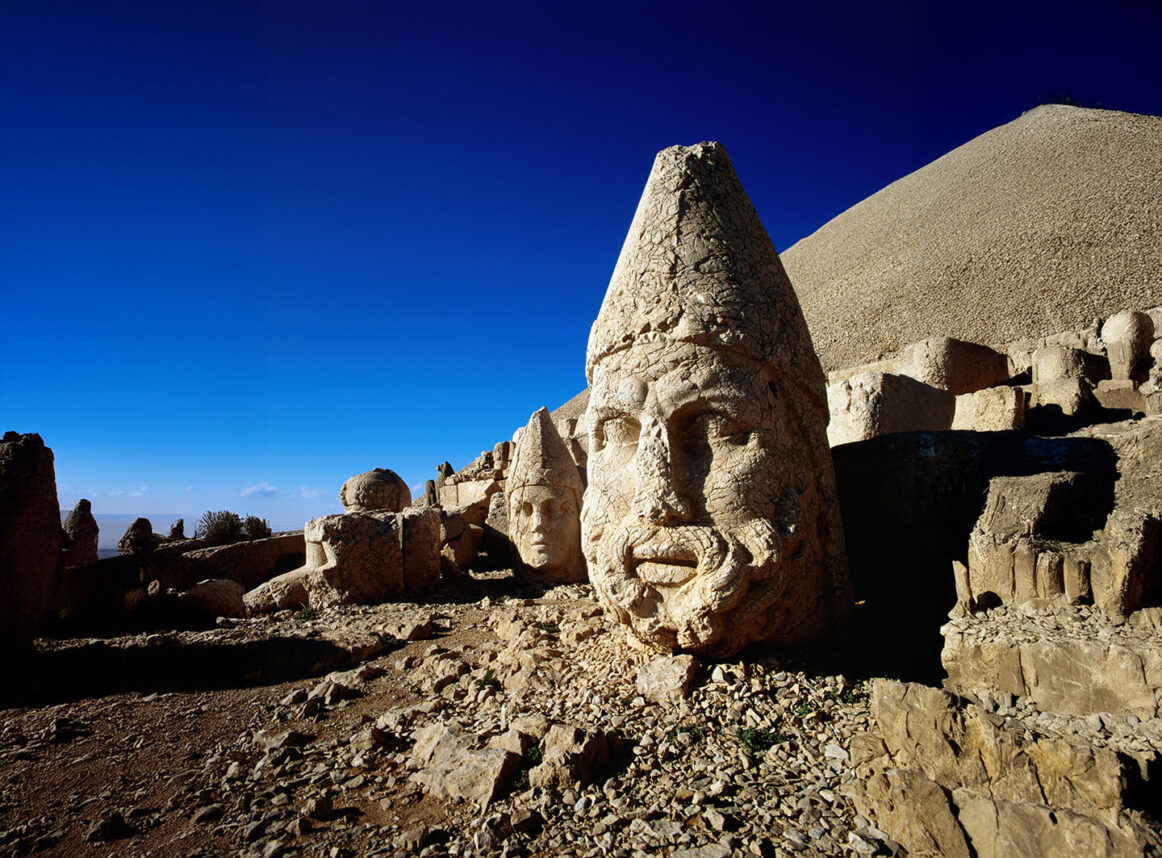When Eileen Isenberg thinks about her own funeral, she has a very clear picture in her mind.
“First I want 20 minutes of sad,” she said, to allow people to remember her, with the second movement of Mozart's 21st Piano Concerto playing in the background.
“Then I want people to bring out the klezmer music and platters of all different kinds of rugelach and chat about the good stuff and the fun.”
When it's time to push the casket down the aisle, she wants a band
“I want to leave my dear friends with a sweet taste in their mouths and a twinkle in their hearts,” said Isenberg, 77, a Reform Jew who isn't planning to die anytime soon.
This is definitely not what a Jewish funeral used to be. At least not in the non-Orthodox world.
When it comes to thinking about the end of life, be it in the business of funeral homes or in the minds of Jews everywhere, the world is changing.
“It's not about mourning the death anymore. People want to celebrate life,” said Isenberg's daughter, Lynn, a Marina del Rey resident who launched a customized funeral planning business, “Lights Out Enterprises,” after penning the novel, “The Funeral Planner” (Red Dress Ink, 2005). Lynn Isenberg believes mourners can celebrate without compromising the life and integrity of the deceased.
Blame it on the baby boomers. One outgrowth of the aging of 78 million largely nontraditional Americans born between 1946 and 1964 is that they are revolutionizing the final frontier with personalized send-offs, both for themselves and their parents.
You can also blame it on our death-denying, death-defying culture. Why fall back on those morose, antiquated and tiresome rituals when we can put some “fun” back into the $11 billion funeral service industry?
And you can blame it on the high cost of dying. And the lower cost of cremation. Along with the opportunity to have our ashes mixed with cement and forged into an artificial reef ball, to rest eternally on the ocean floor.
Or blame it on ignorance of Jewish burial and funeral customs. The fact that we don't know a grave from a crypt. Or what to do if we happen to be unaffiliated, intermarried or tattooed.
Still, while not everyone is jumping on the “I gotta be me” funeral bandwagon, a funny thing is happening on the way to the mortuary.
These days, more and more Jews are breathing new life into Judaism's age-old approach to death and dying. They're also sometimes discovering that the rituals
For traditional Jews, this is no surprise.
“It's been done this way for 3,600 years,” said Moe Goldsman, who has served as funeral director and mortuary manager at Sholom Chapels Mortuaries and Sholom Memorial Park in Sylmar since 1989. “If it ain't broke, don't fix it.”
As with most things Jewish, the practices governing burials are based on Torah: “Dust thou art and unto dust thou shalt return” (Genesis 3:19), as well as, “As we come forth, so shall we return” (Ecclesiastes 5:14).
They also operate on the principles of respect, speed and simplicity, rendering everyone equal in death, with these key components:
-
Nothing should be done to prohibit the natural decomposition of the body. Embalming or cosmetic enhancement is prohibited.
-
The body is accompanied or watched from the time of death until burial. It is ritually cleansed and dressed in white linen shrouds.
-
Burial is in a plain wooden casket, with no metal parts. The casket remains closed.
-
Burial takes place in the ground, as soon as possible.
- Flowers are discouraged. Charitable contributions are instead suggested.
Historically, each community's holy society, or chevra kadisha (not to be confused with the Los Angeles for-profit mortuary by the same name), took on the responsibility of caring for the deceased, considered the most sacred task in Judaism because it's a mitzvah that cannot be repaid. Over the years, the non-Orthodox community has relinquished this obligation to the care of strangers.
Jon Kalish of NPR's 'All Things Considered' recorded a chevra kadisha preparing a body
“Someone passes away, you call the mortuary and they pick up the body. You're totally removed,” said Sinai Temple's Cantor Joseph Gole. “It wasn't too many generations ago that you did taharah (the ritual cleansing and purification of the body) right on the kitchen table, in the house.”

Tachrichim or shrouds, Hillside Mortuary





















 More news and opinions than at a Shabbat dinner, right in your inbox.
More news and opinions than at a Shabbat dinner, right in your inbox.